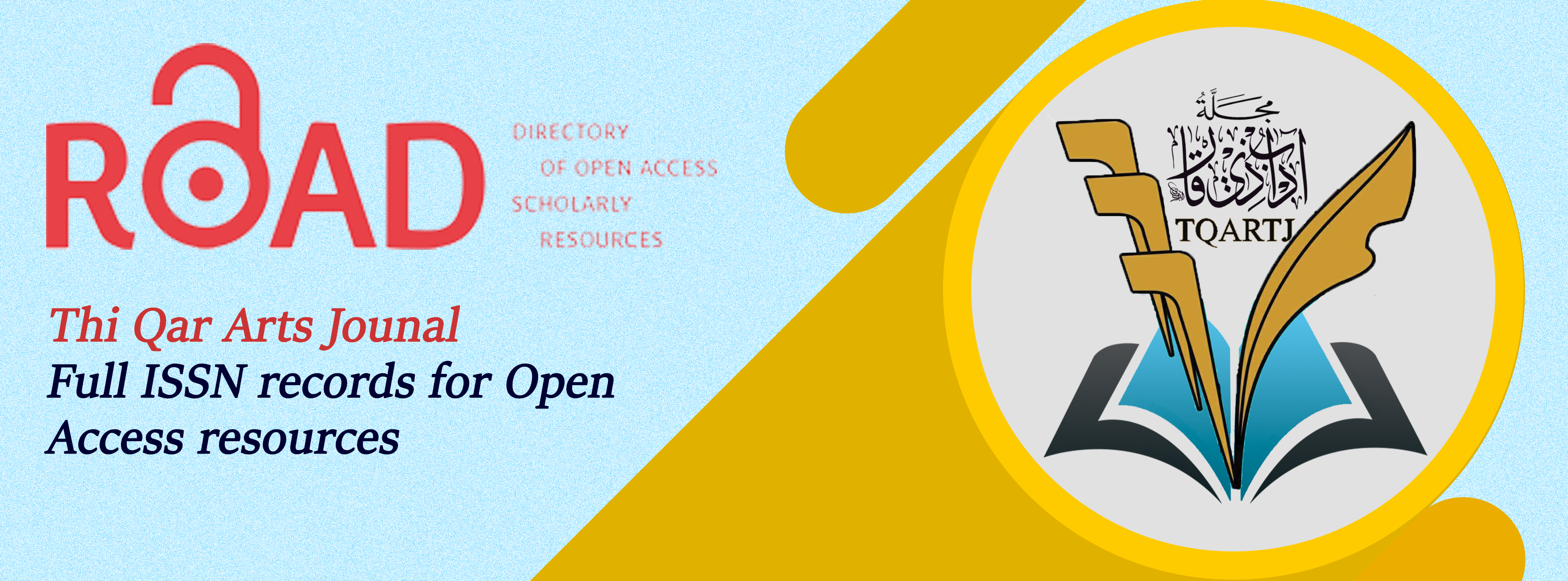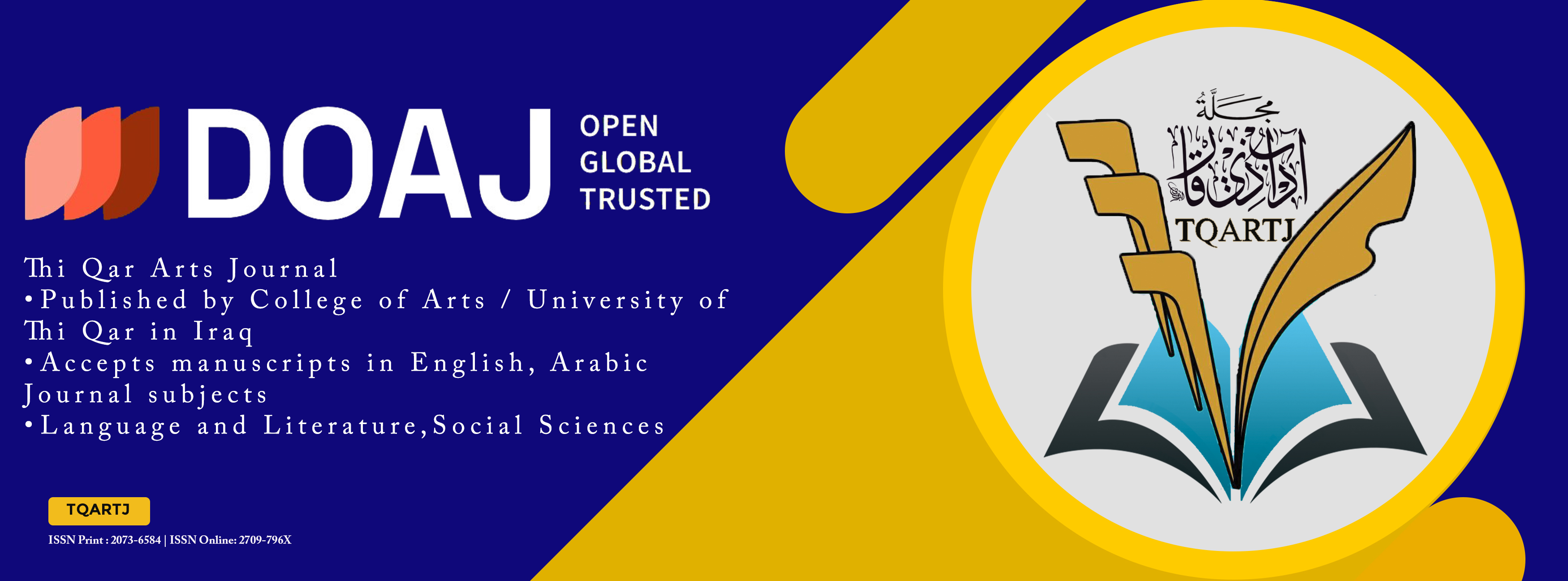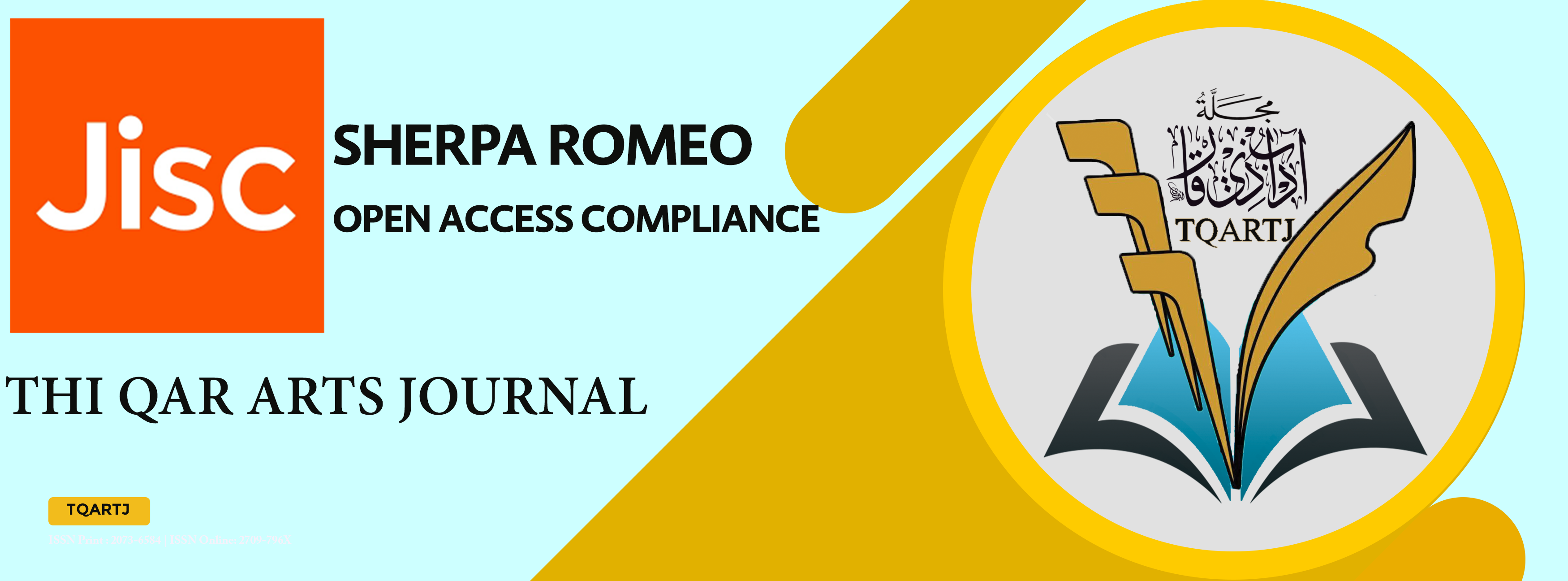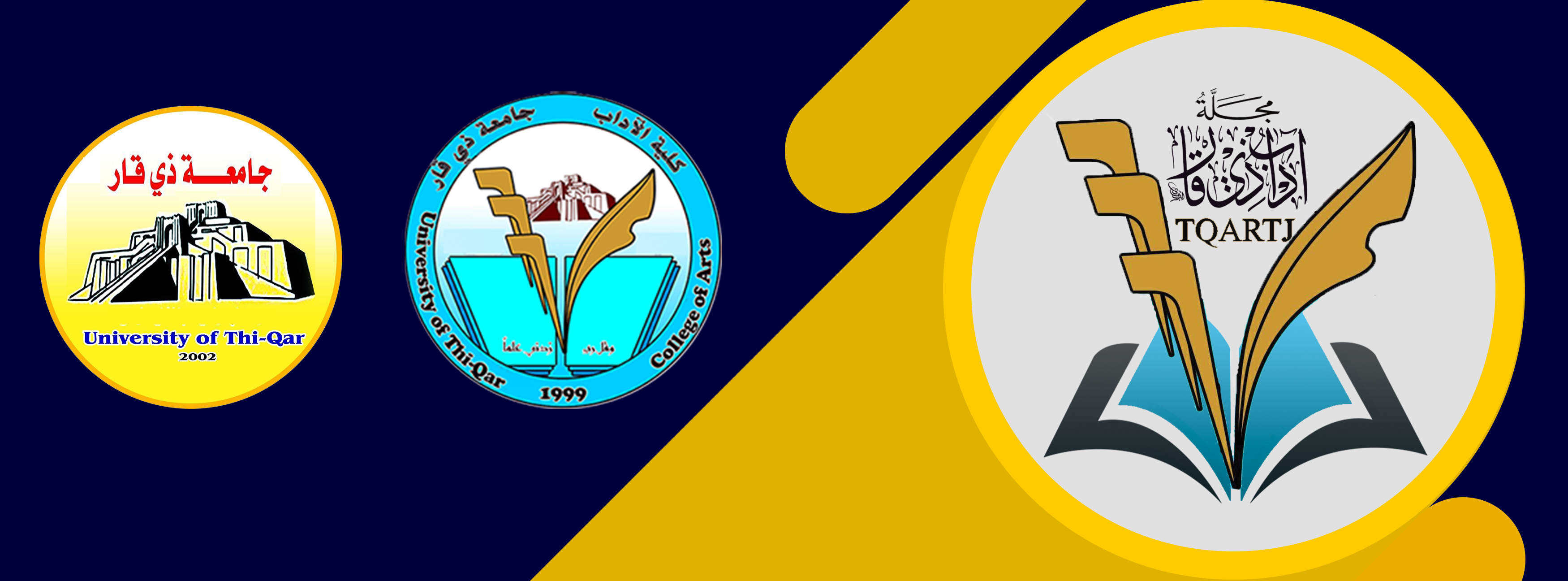The Lack of Identity in Toni Morison’s The Bluest Eye" as Bakhtinian concept
DOI:
https://doi.org/10.32792/tqartj.v51i6.840Keywords:
American families, community, culture, High School , Nobel PrizeAbstract
This study aims to show how she examines the sorrow and anguish of Black women in her books. To ascertain how these standards, repress individuals, this study will also analyze the story and customs of African American culture. According to many researches conceder The Bluest Eye Morrison’s first novel, the story talks about a victim of white class culture and its advertising. Pocola Breedlove, a young, lonely black girl in the late 1940s living in Ohio, the subject of its insistence to achieve the target. Morrison tells the story of two significant American families. The narrative of two African American families residing in Lorain the MacTeers and the Breed are in love. Holly, Pauline, Sammy, and Pocola are the first family that Breed adores. The Breed's ideals of individuality, community, responsibility, and beauty have all been gone. They are unable to establish appropriate and typical relationships with their peers and the community. The white norms of community, culture, and beauty have won them over. The white class of community, culture, and beauty have won them over. Breed Love's failure in life and identity as a result of the loss of Black morality, ethnicity, and beauty. This research examines one of the most significant American novelists of the 20th century. Toni was born in northern Ohio in 1931. Morrison was anticipated to excel in school because he was an exceptional reader and storyteller from a young age. Morrison enrolled at Howard University after graduating from Lorain High School in 1949. In 1953, after earning a B.A. in English, Morrison started writing her second book in 1969 while she was an associate professor of English at the State University of New York at Purchase. In 1973, Sula was published. During her tenure as a visiting lecturer at Yale University from 1975 to 1977, Morrison published Song of Solomon, her third book. Morrison won the New York State Governor's Art Award in 1986 and served as a visiting lecturer at Bard College in 1988. Tar Babby was published at the State University of New York at Albany from 1984 to 1989. Her subsequent book, Beloved, won the Robert F. Kennedy Award and the 1987 National Pulitzer Prize for Fiction. It was also nominated for the 1987 National Book Award and the 1987 National Book Critics Award.
In addition to receiving the 1993 Nobel Prize in Literature and the National Organisation for Women's "Elizabeth Cady Stanton Award," she also holds honorary degrees from Columbia, Yale, Dartmouth, Bryn Nawr College, and Oberlin College. Morrison has taught humanities at Princeton University since 1989. The family's mother abandons them, attaches herself to a white family to help with chores, and takes sanctuary there as well. Morrison started writing her second book in 1969 while she was an associate professor of English at the State University of New York at Purchase. In 1973, Sula was published. During her tenure as a visiting lecturer at Yale University from 1975 to 1977, Morrison published Song of Solomon, her third book. Morrison won the New York State Governor's Art Award in 1986 and served as a visiting lecturer at Bard College in 1988. Tar Babby was published at the State University of New York at Albany from 1984 to 1989. Her subsequent book, Beloved, won the Robert F. Kennedy Award and the 1987 National Pulitzer Prize for Fiction. It was also nominated for the 1987 National Book Award and the 1987 National Book Critics Award. Paradise, her most recent book, wasIn addition to receiving the 1993 Nobel Prize in Literature and the National Organization for Women's "Elizabeth Cady Stanton Award," she also holds honorary degrees from Columbia, Yale, Dartmouth, Bryn Nawr College, and Oberlin College. Morrison has taught humanities at Princeton University since 1989. The family's mother abandons them, attaches herself to a white family to help with chores, and takes sanctuary there as well. The father, Cholly, rapes his own daughter, Pecolla, age 11, and then flees because he feels negative freedom. In spite of her own brown eyes and dark beauty, Pocolla falls in love with a pair of blue eyes and eventually loses her temper. The story's second family consists of four members:The father, mother, and two children, Frieda and Claudia, make up the second family in the narrative. In addition to protecting themselves against the white hegemonic system's ideals of beauty and community, they have placed their faith in their own black norms and standards and work to support one another, especially Pecola, who is an outcast and insane member of their black community.
Downloads
References
Andrews, William L., McKay, Nellie Y. Toni Morrison's Bluest Eye: A Casebook. New York: Oxford University Press, 1999.
Bloom, Harold. Toni Morrison. Chelsea House Publishers: 2005.
Boudreau, Kristin. “Pain and the Unmaking of Self in Toni Morrison's Beloved”. Contemporary Literature, Vol. 36, No. 3 (Autumn, 1995), pp. 447-46
Bush-Slimani, Barbara. “Hard Labour: Women, Childbirty and Resistance in British Caribbean Slave Societies”. History Workshop Journal, Vol 36, No 1, Autumn 1993, pp 83–99,
Butler, Judith. Gender Trouble: Feminism and the Subversion of Identity. New York: Routledge, 1999.
Chadderton, Charlotte. Judith Butler, Race and Education. United Kingdom: Palgrave Macmillan, 2018.
Davis, Kimberly Chabot. “Postmodern Blackness: Toni Morrison's Beloved and the End of History”. Twentieth Century Literature, Vol. 44, No. 2 (Summer, 1998), pp. 242-260
Dobbs, Cynthia. “Toni Morrison's Beloved: Bodies Returned and Modernism Revisited”. African American Review, Vol. 32, No. 4 (Winter, 1998), pp. 563-578
Gamble, Sara. The Routledge Companion to Feminism and Postfeminism. New York: Routledge, 2006.
Gillespie, Carmen. Critical Companion to Toni Morrison: A Literary Reference to Her Life And Work. New York, Facts on File, 207.
House, Elizabeth. “Toni Morrison’s Ghost: The Beloved is not Beloved”. Studies in American Fiction, Volume 18, Number 1, Spring 1990, pp. 17-26 (Article)
Jagger Gill. Judith Butler: Sexual Politics, Social Change and the Power of the Performative New York: Routledge, 2008
Jean Wyatt. “Giving Body to the Word: The Maternal Symbolic in Toni Morrison's Beloved”. PMLA, Vol. 108, No. 3 (May, 1993), pp. 474-488
Krumholz, Linda. “The Ghosts of Slavery: Historical Recovery in Toni Morrison's Beloved”. African American Review, Vol. 26, No. 3, Fiction Issue (Autumn, 1992), pp. 395-408
Lloyd ,Moya. Judith Butler: From Norms to Politics-Polity Press. UK: Polity Press, (2007)
Mbalia, Doreatha Drummond. Toni Morrison's Developing Class Consciousness. Selinsgrove: Susquehanna University Press, 2004.
Morrison, Toni. Beloved. New York: Plume, 1998.
Osmani, Djenisa. “Black Feminism and Womanhood in Toni Morrison’s Beloved”. African Literature. Vol 9, No 2, 2021.
Philip Page. “Circularity in Toni Morrison's Beloved”. African American Review, Vol. 26, No. 1, (Spring, 1992), pp. 31-39
Robinson, Mary. Notes on Morrison’s Beloved. Chicago: IDG Books Worldwide, 1993.
Rody, Caroline. “Toni Morrison's Beloved: History, Rememory, and a Clamor for a Kiss” American Literary History, Vol 20, No 6, 2015.
Salih, Sara. Judith Butler. New York: Routledge, 2003.
Schapiro, Barbara. “The Bonds of Love and the Boundaries of Self in Toni Morrison's Beloved”. Contemporary Literature, Vol. 32, No. 2 (Summer, 1991), pp. 194-210
Tally, Justine. The Cambridge Companion to Toni Morrison. London: Cambridge University Press, 2007
Tyson, Lois. Critical Theory Today: A User-Friendly Guide. New York: Routledge, 2006.
Published
Issue
Section
License
Copyright (c) 2025 Dr.Ghafir AbdAlHadi AbdAli

This work is licensed under a Creative Commons Attribution 4.0 International License.
The journal applies the license of CC BY (a Creative Commons Attribution International license). This license allows authors to keep ownership of the copyright of their papers. But this license permits any user to download, print out, extract, reuse, archive, and distribute the article, so long as appropriate credit is given to the authors and the source of the work. The license ensures that the article will be available as widely as possible and that the article can be included in any scientific archive.


















